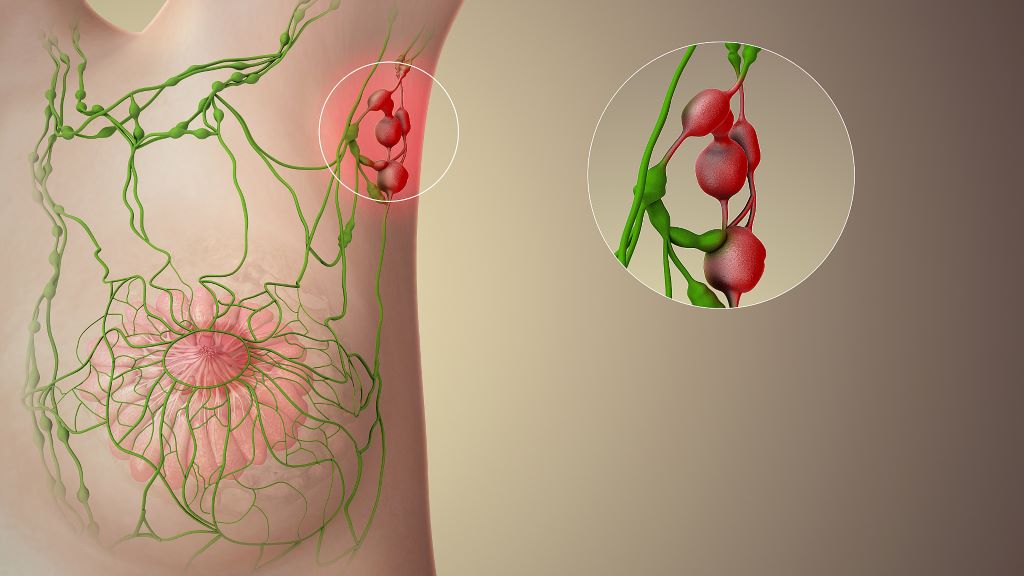Food Insecurity is Associated with Symptoms of Anxiety and Depression

Changes in food insecurity go hand in hand with symptoms of anxiety and depression, according to research published in the open access journal PLOS Mental Health. Melissa Bateson of Newcastle University, UK, and colleagues at École Normale Supérieure, Northumbria University and York University, collected monthly data from adults in the UK and France and found that changes in food insecurity one month went hand-in-hand with changes in symptoms of anxiety and depression the next. The authors propose that interventions to reduce food insecurity might have immediate positive impacts on mental health.
Social determinants play a role in the development of poor mental health, and food insecurity has been associated with increased anxiety and depression, though it has been unclear whether this effect is causal and the timescale over which it occurs. The authors collected monthly data between September 2022 and August 2023 from almost 500 adults in the UK and France. They assessed food insecurity for the previous week and measured anxiety and depression with two commonly used questionnaires — GAD-7 and PHQ-8.
The team found a surprisingly high prevalence of food insecurity, with 39.5% of participants experiencing it in at least one month of the study. For those individuals, fluctuations between food insecurity and security were associated with changes in anxiety and depression, with deteriorations in mental health occurring when they experienced food insecurity and improvements when food security improved. The authors were able to predict mental health variations based on food security changes during the previous month. Such rapid changes in mental health suggest that the effects could be related to food security rather than longer-term nutritional changes which would take longer to manifest in mood alterations.
The authors state their results support the hypothesis that food insecurity could rapidly cause symptoms of anxiety and depression, such that interventions to prevent food insecurity might be likely to quickly and effectively reduce prevalence of anxiety and depression symptoms in populations currently experiencing periodic food insecurity.
The authors note: “What really impressed us was how rapidly symptoms of anxiety and depression responded to changes in participants’ food insecurity status and the large size of the effects”.
They add: “Our results suggest that eliminating periodic food insecurity in those currently experiencing it could reduce the number of people with clinically concerning symptoms of anxiety and depression by 20 percentage points.”
Provided by PLOS





